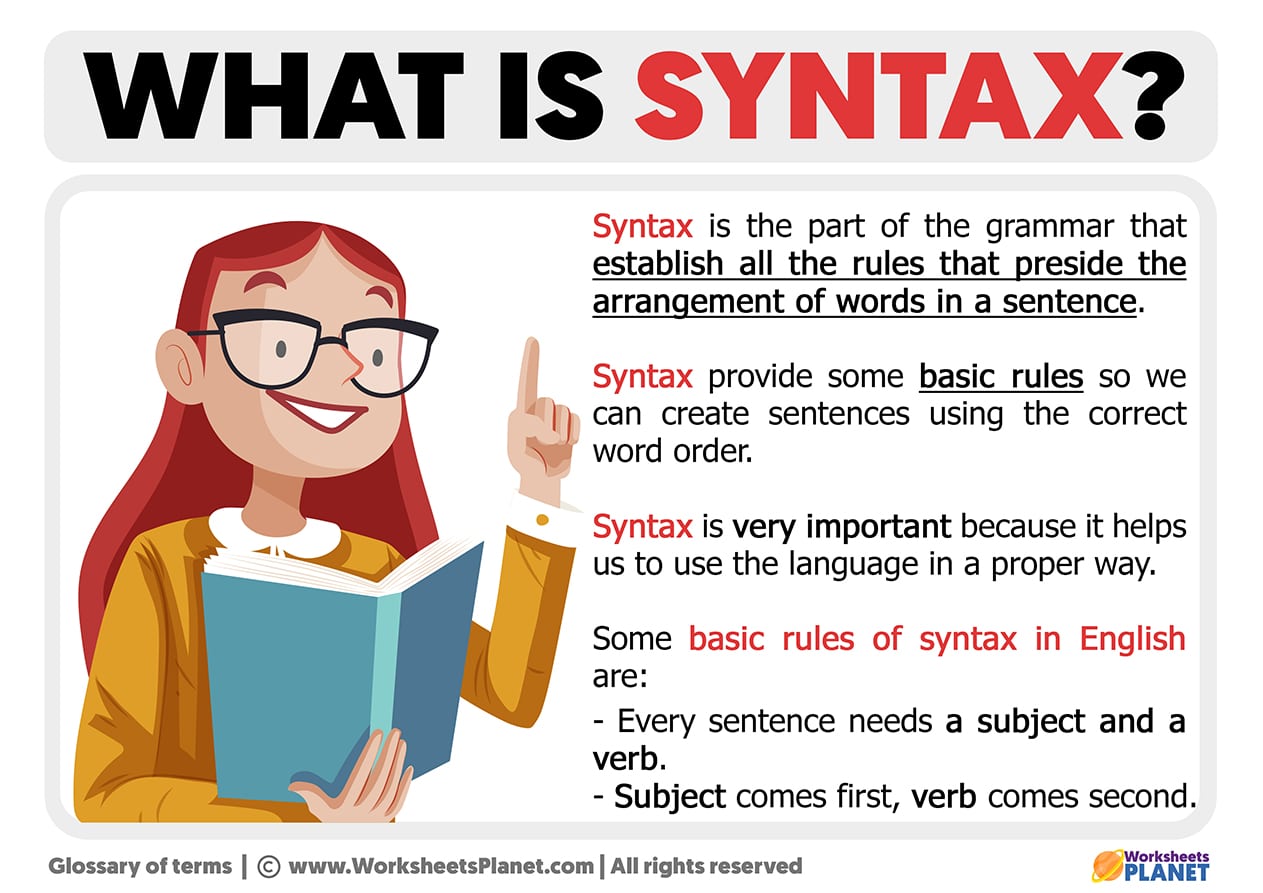Syntax is a set of rules for writing computer code. It is often used for programming languages such as C, C++, Java, and JavaScript. Syntax rules guide how a code is written, ensuring it is valid and can be understood by a computer.
Syntax can be broken down into several components. There are lexical elements such as keywords, operators, numeric constants, character constants, and strings. Syntax also includes expressions and operands, sequence markers, and control structures.
Keywords are powerful instructions that form the basis of a language’s syntax. These include commands for creating functions, declaring variables, and starting programs. Operators are used to represent logical or mathematical operations that act on values stored in memory. Numeric constants and strings are used to store numerical or textual values in memory and are specified in the syntax.
Expression and operands are used in combination to evaluate a result. Sequence markers are used to denote the sequence of code operations. The last component of syntax is control structures. These are commands that allow for the logical ordering of code instructions.
Syntax is essential for writing code that is valid, secure, and easy to read. It defines and simplifies the flow of code, making printed code easier to understand. Syntax can also help protect form malicious code and errors, reducing the potential attack surface of code applications.






